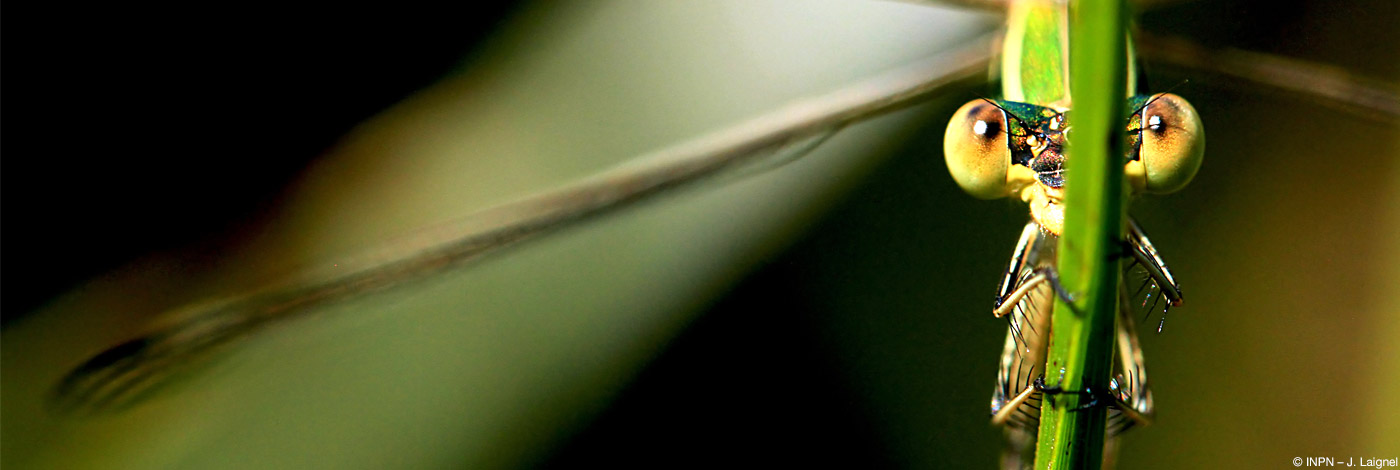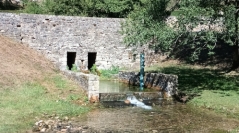

 Naturae
2023 (2) - Pages 21-33
Naturae
2023 (2) - Pages 21-33The taxonomy of sculpins (Cottus spp.) on French territory is not definitively fixed, the morphological characters used to differentiate the species being often variable and not always corresponding with the molecular variations. This is particularly true in the Garonne watershed where several species are listed but with great uncertainty about their distribution and taxonomy. A particuliar feature has been discovered in some sculpins in this basin: they have pelvic fins with three rays compared to four rays in all European species described today. Sculpins bearing this character have been found in many rivers. This paper examines the distribution and ecology of sculpins of this morphotype to compare them to those of sculpins of the usual four-rayed morphotype. Those with three rays mainly occupy low-lying rivers in karstic terrain. Their populations may be united into a single unit by the downstream of the watershed, suggesting a single geographical origin. Those with four rays do not seem to be restricted to a particular habitat and are frequently found on crystalline or magmatic terrain in rivers originating at high altitude. These biogeographical and ecological differences suggest that the character “pelvic fins with three rays” is a character allowing the definition of a particular phylogenetic lineage, possible new species. Morphological and genetic studies are needed to verify this hypothesis. If the 3-rayed sculpin is indeed a new species, then it would require specific levels of protection given its low numbers, the fragmentation of its populations and the threats it faces.